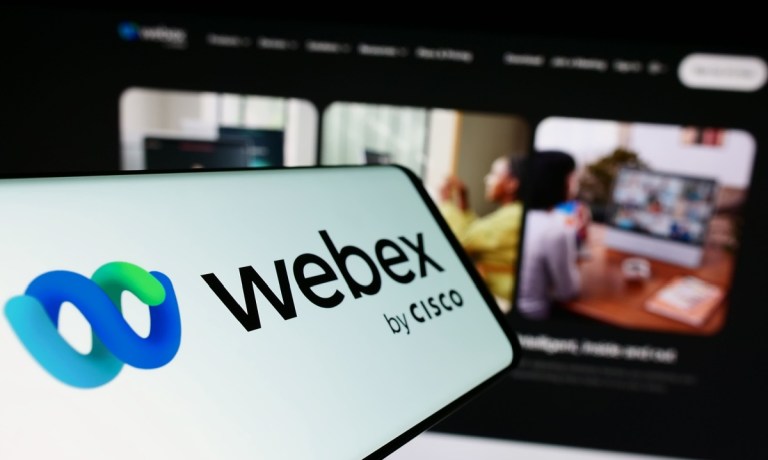The move reflects a broader push by companies to deploy AI agents that can understand and respond to customer inquiries in natural language. This could change a global customer service industry that has long relied on human representatives.
Unlike traditional automated systems that follow rigid scripts, these new AI agents can engage in more natural dialogue and handle complex tasks like rebooking flights or replacing credit cards that typically require human intervention.
“In dynamic environments like call centers or complex operational systems, AI agents excel by responding to real-time changes,” Frederic Miskawi, VP and AI innovation expert services lead at CGI, a global IT and business consultancy, told PYMNTS. “They can enhance customer service by delivering faster response times, improving resolution rates, and avoiding the fatigue that human agents experience during long shifts.”
AI agents are autonomous software systems that perform tasks by breaking them into steps and making decisions.. They’re being deployed as digital workers who can schedule meetings, research topics, and manage workflows with minimal human supervision.
The Webex Agent Move
Cisco’s new Webex AI Agent, announced at its WebexOne conference in Fort Lauderdale, Florida, aims to serve as an AI-powered concierge that can handle customer inquiries through natural conversation. The system will be available in early 2025 and will have tools that let businesses quickly set up and train AI agents for voice and digital customer service channels.
Advertisement: Scroll to Continue
“Customer experience can make or break a brand, and unlike other solutions on the market, the Webex AI Agent solves customer problems instantaneously and will fundamentally transform the experiences we have all reluctantly been using for far too long,” Jeetu Patel, executive vice president, and chief product officer at Cisco, said in a news release.
“We believe that in the next few years, a large majority of first-time calls will be handled by an AI agent that will be just as interactive, dynamic, engaging and personable as a human agent.”
Working With Agents
As AI continues its rapid evolution, companies are grappling with an expanding array of industry experts who say these tools, while promising, require organizations to remain flexible in their technical approaches as the technology changes.
According to Miskawi, the solution lies in building modular systems that can adapt quickly. Rather than betting on a single platform that could be obsolete within two years, companies are adopting component-based architectures that can be swapped out or upgraded. While accepting some early technical debt, this approach allows organizations to stay current without complete system overhauls.
“Flexibility in architecture will be your most valuable asset,” Miskawi said.
Sophia Willows, head of engineering at eCommerce company Rye, told PYMNTS that working directly with large language models gives technically sophisticated organizations the highest control over their AI systems. However, this do-it-yourself approach comes with risks and complexities when moving from proof-of-concept to full production deployment.
Willows said that major companies like Air Canada and Chevrolet’s public AI missteps demonstrate that most organizations would be better served by choosing more managed solutions rather than building their own implementations from scratch.
“Off the shelf, low-code agent builders like Microsoft Copilot Studio or Beam AI look increasingly attractive,” Willows said. “They require less upfront development effort, and the providers have invested heavily in grounding the agents and guarding against issues like hallucinations, making them more reliable and easier to integrate.”
For all PYMNTS AI coverage, subscribe to the daily AI Newsletter.




